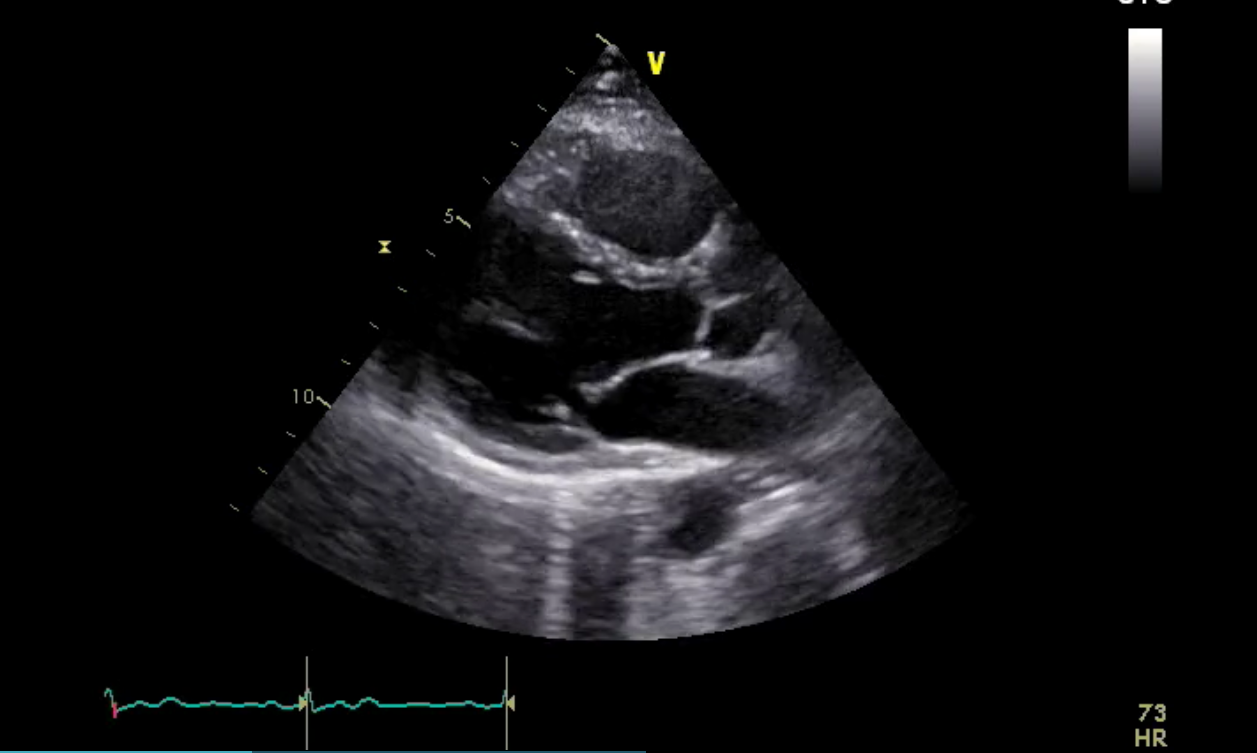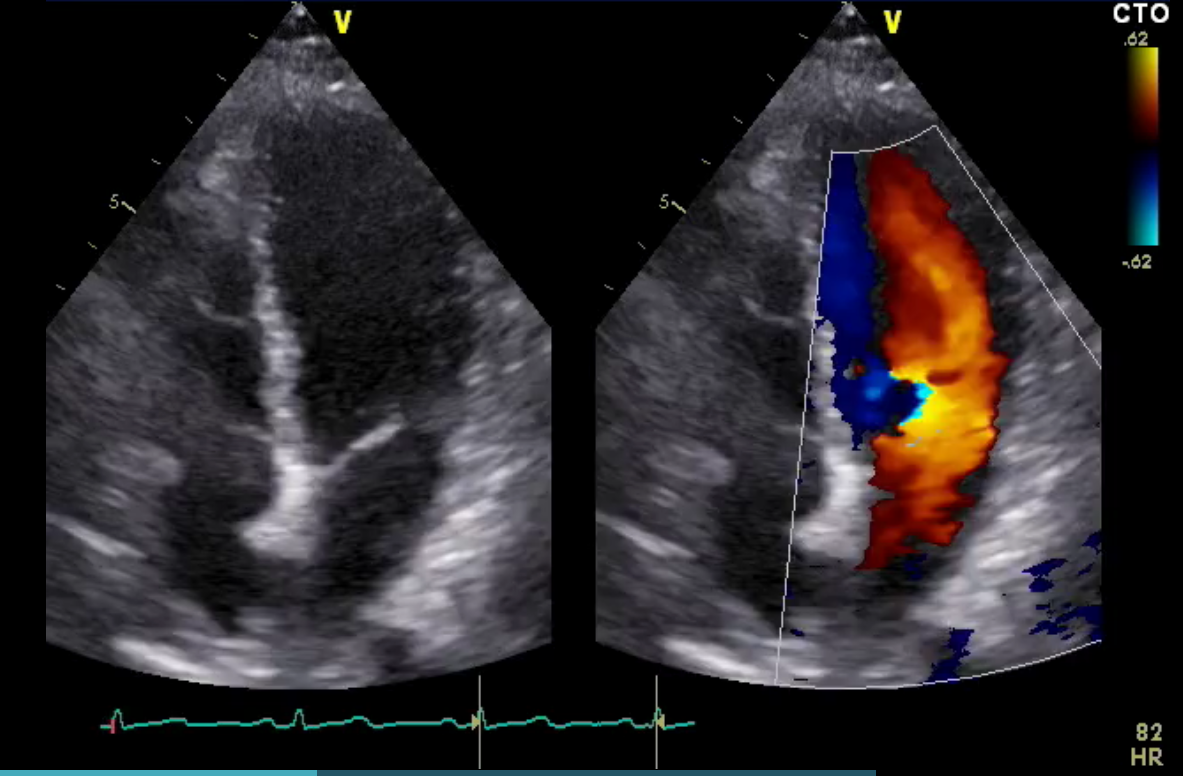Diagnostic Ultrasound Testing
Diagnostic Ultrasound Testing
Ultrasound procedures use high frequency sound waves to take pictures of vascular structures throughout the body. Ultrasound studies offer the advantage of being painless, completely harmless, and do not require the use of any contrast or dye. Ultrasound can be used to image the heart (echocardiography), the carotid arteries, leg arteries (and veins!) and even renal (kidney) arteries.
Echocardiography
An echocardiogram images the heart and can easily measure heart pumping function, valvular problems such as aortic stenosis or mitral regurgitation. and can estimate pressures in the heart and lungs. For patients with a heart murmur or cardiac symptoms of chest pain, shortness of breath, or palpitations, echocardiography is often the first test done to examine the heart. It is an essential tool for evaluating patients who have had a heart attack or who have congestive heart failure.


Carotid Ultrasound
Patients with coronary artery disease or a history of hypertension, high cholesterol, diabetes or smoking often have blockages in the carotid arteries which carry blood from the heart to the brain. If left untreated, these blockages can eventually lead to a stroke, sometimes with devastating consequences. Carotid ultrasound offers a quick, easy way to scan the carotid arteries for atherosclerotic plaque without the need for any radiation or contrast (x-ray dye).
Lower Extremity Arterial Duplex Exam
Many patients with risk factors for cardiovascular disease are also found to have blockages in their leg arteries, often called peripheral vascular disease (PVD) or peripheral arterial disease (PAD). Such patients can suffer from a wide variety of symptoms ranging from claudication (calf or buttock pain when walking) to critical limb ischemia (pain at rest or non-healing ulcers or gangrene that can lead to amputation). Ultrasound of the leg arteries can non-invasively determine the severity and location of blockages and allow your physician to plan a treatment strategy that will relieve your symptoms and prevent amputations.
Venous Duplex Exam
Problems with the leg veins can result in a variety of symptoms ranging from pain with walking to edema (swelling), varicose veins, and even skin changes and non-healing ulcers. Ultrasound studies can identify not only blood clots in the veins but also venous insufficiency or “reflux” (backwards flow in the leg veins due to valves that are not working properly). Many symptomatic patients can benefit from treatment of leg vein problems using procedures such as venous ablation or iliac vein stenting.


